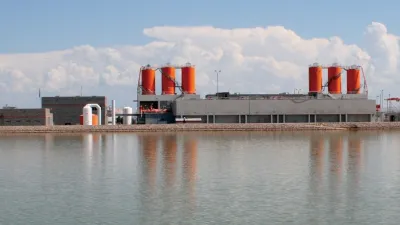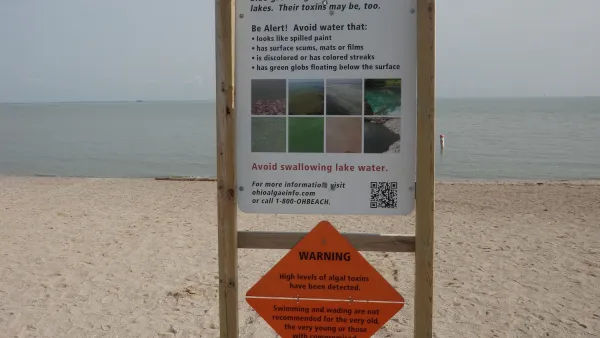The assessment identifies 385 failing public water systems and highlights significant funding gaps and affordability challenges in ensuring safe drinking water for disadvantaged communities.

The California State Water Resources Control Board's 2024 Drinking Water Needs Assessment reveals that 385 public water systems in the state are failing, impacting nearly 913,500 residents. The report, mandated by Senate Bill 200 and supported by the Safe and Affordable Funding for Equity and Resilience Drinking Water (SAFER) program, aims to address these issues through collective efforts from various stakeholders. Since the SAFER program's inception in 2019, over $831 million in grants have been distributed, bringing 251 water systems back into compliance and completing 142 consolidations to benefit approximately 100,000 people.
Despite these efforts, significant challenges remain, with 613 public water systems at risk and high-risk domestic wells and small water systems still present. The assessment highlights a projected five-year funding gap of $5.5 billion to meet the needs of failing and at-risk systems, with a total estimated requirement of $13.9 billion for achieving the human right to water. It also underscores affordability challenges, particularly in disadvantaged communities, where small water systems charge significantly more than larger systems.
The findings from the assessment are utilized by the State Water Board’s SAFER program to prioritize funding allocation, aiming to ensure safe and affordable drinking water for all Californians. The report stresses the need for continued investment and collaboration among government agencies, non-profits, and local communities to overcome these challenges and secure safe drinking water for vulnerable populations.

Planetizen Federal Action Tracker
A weekly monitor of how Trump’s orders and actions are impacting planners and planning in America.

Congressman Proposes Bill to Rename DC Metro “Trump Train”
The Make Autorail Great Again Act would withhold federal funding to the system until the Washington Metropolitan Area Transit Authority (WMATA), rebrands as the Washington Metropolitan Authority for Greater Access (WMAGA).

The Simple Legislative Tool Transforming Vacant Downtowns
In California, Michigan and Georgia, an easy win is bringing dollars — and delight — back to city centers.

In These Cities, Most New Housing is Under 441 Square Feet
With loosened restrictions on “micro-housing,” tiny units now make up as much as 66% of newly constructed housing.

Albuquerque’s Microtransit: A Planner’s Answer to Food Access Gaps
New microtransit vans in Albuquerque aim to close food access gaps by linking low-income areas to grocery stores, cutting travel times by 30 percent and offering planners a scalable model for equity-focused transit.

This City Will Pay You to Meet Your Neighbors
A North Kansas City grant program offers up to $400 for residents to throw neighborhood block parties.
Urban Design for Planners 1: Software Tools
This six-course series explores essential urban design concepts using open source software and equips planners with the tools they need to participate fully in the urban design process.
Planning for Universal Design
Learn the tools for implementing Universal Design in planning regulations.
Smith Gee Studio
City of Charlotte
City of Camden Redevelopment Agency
City of Astoria
Transportation Research & Education Center (TREC) at Portland State University
US High Speed Rail Association
City of Camden Redevelopment Agency
Municipality of Princeton (NJ)





























